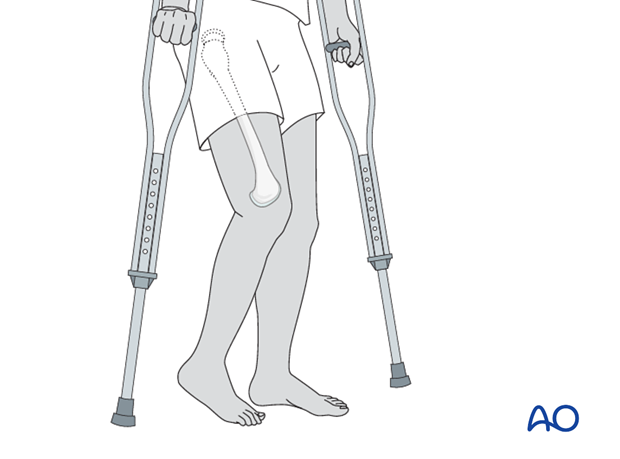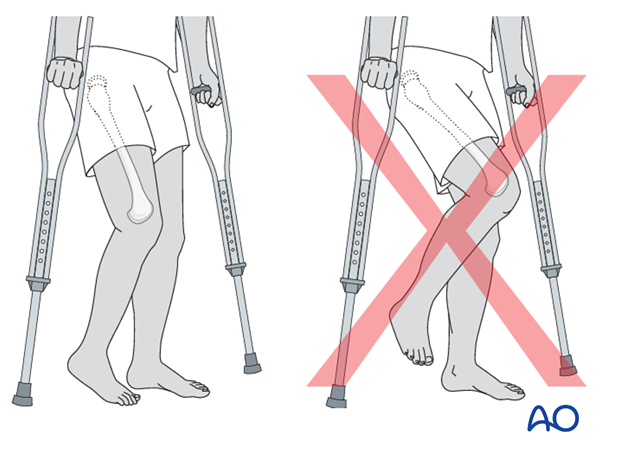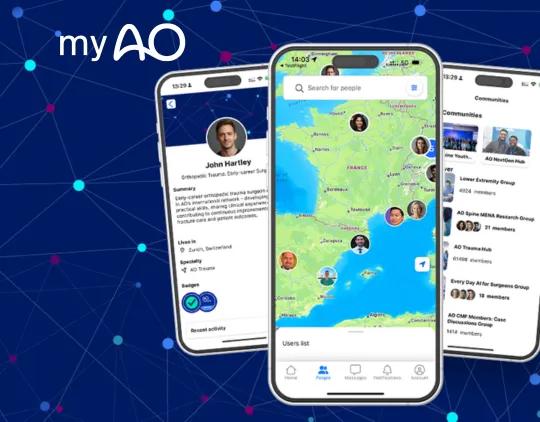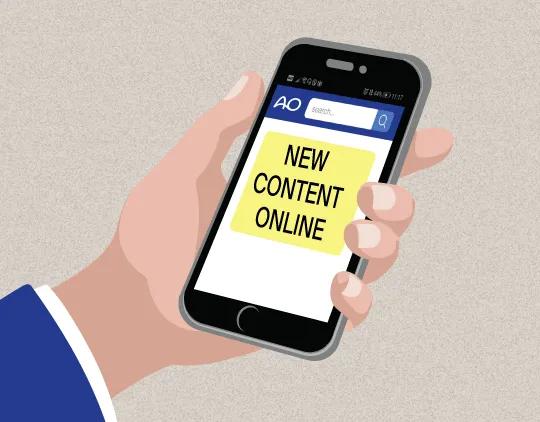Nonoperative treatment
1. Treatment
It is important to avoid active contraction and passive movement of the corresponding muscles.

Forces through the hip are less with toe-touch weight bearing than with non-weight bearing.
Crutch walking, supervised by a physiotherapist, should be advised for 3–4 weeks.

2. Aftercare
Range of movement
Range-of-movement exercises should start in the immediate period after injury to prevent stiffness. Surgeons should indicate if any extremes of movement should be avoided.
Weight bearing
After initial toe-touch weight bearing, children progress to partial weight bearing and then to full weight bearing according to their age and the predicted rate of healing of their fracture.
Even older adolescents should be fully weight bearing without aids at three months.
Sports
Swimming can be allowed as soon as partial weight bearing is permitted.
Contact sports should be avoided for at least six months.
Follow-up
Decreasing pain is a good indicator of healing and clinical and radiological surveillance intervals can be extended.













